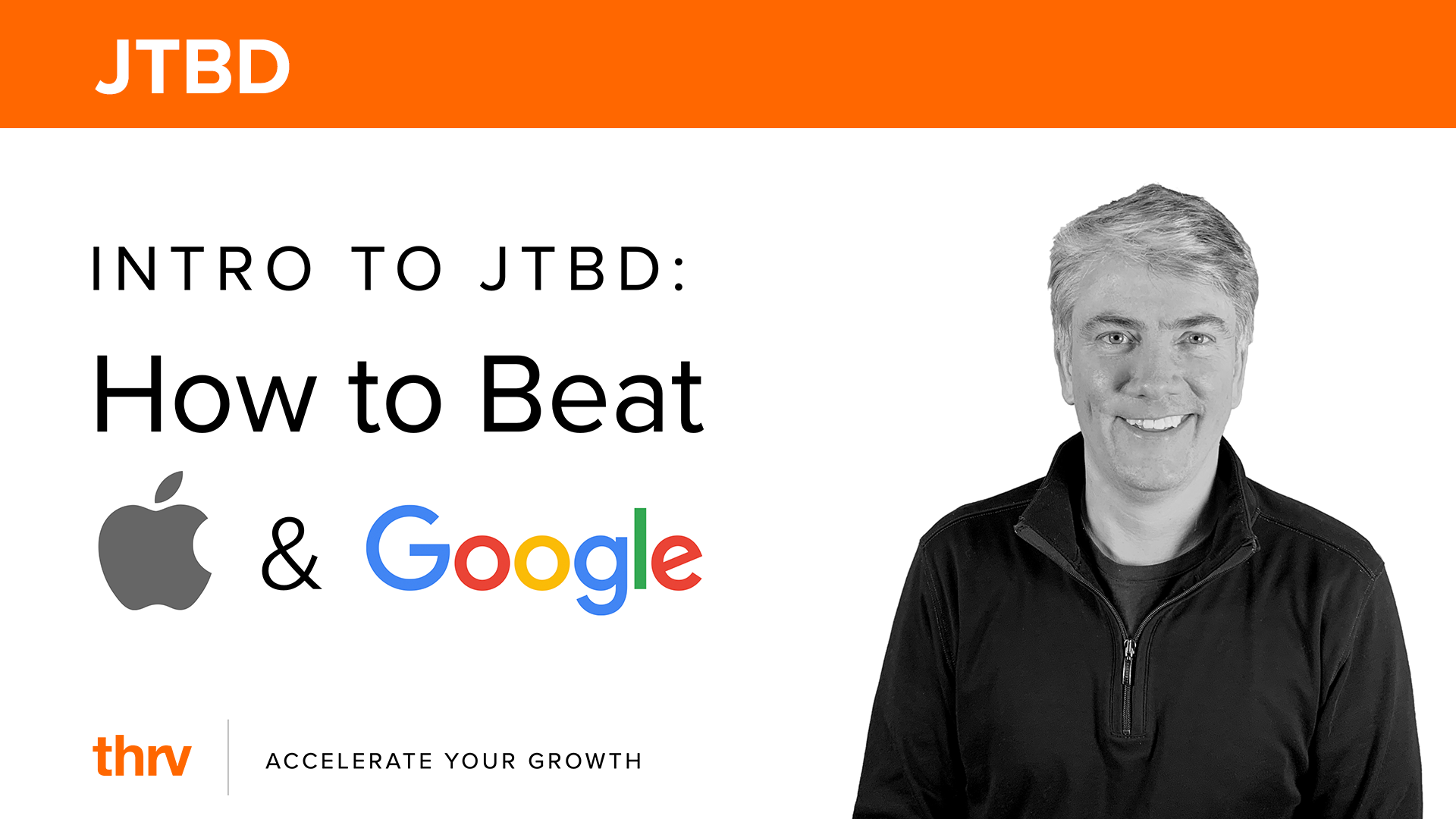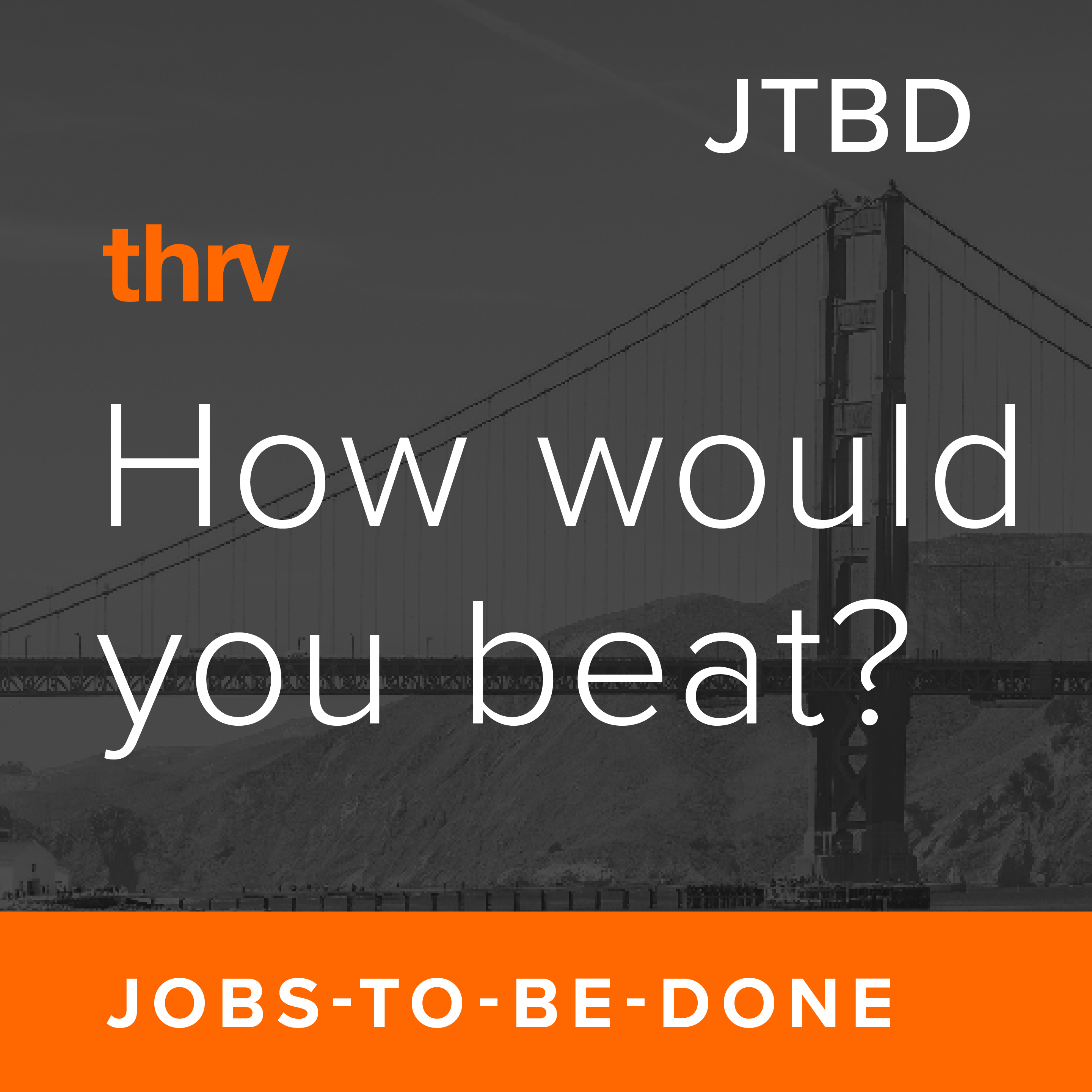Job Beneficiary
Job Beneficiary is a critical concept in the Jobs to be Done (JTBD) framework that identifies the individual or entity who directly benefits from getting a job done. Understanding job beneficiaries is essential for portfolio companies to correctly target their product development, marketing, and sales efforts.
Definition and Importance
A job beneficiary is the person who directly benefits from the successful execution of a Job to be Done. They are the reason a market exists: because someone needs to achieve a goal or solve a problem (i.e., get a job done).
In the JTBD framework, identifying the correct job beneficiary is a crucial first step in market analysis and product strategy for several reasons:
- Market Stability: While products change over time, job beneficiaries and their needs tend to remain constant, providing a stable foundation for long-term strategy
- Target Customer Accuracy: Correctly identifying job beneficiaries ensures that product development and marketing efforts are directed at the individuals who have the most to gain from the company's solutions
- Competitive Advantage: Understanding job beneficiaries helps companies anticipate how markets will evolve, as new solutions often emerge that allow job beneficiaries to get their jobs done without intermediaries
- Value Creation Focus: By focusing on job beneficiaries, companies can create solutions that deliver the most value to the individuals who matter most in the market
Job Beneficiaries vs. Job Executors
A critical distinction in the JTBD framework is the difference between job beneficiaries and job executors:
- Job Beneficiaries: Those who directly benefit from getting the job done
- Job Executors: Those who help the beneficiary get the job done with current solutions
In some cases, especially in consumer markets, the job beneficiary and job executor are the same person. For example, a consumer both benefits from getting to a destination on time (the job) and executes this job by driving themselves.
In more complex markets, particularly business-to-business (B2B) and medical markets, job beneficiaries and job executors are often different people. For example:
- In a medical context, a patient (job beneficiary) benefits from obtaining a blood sample for diagnosis, while a phlebotomist (job executor) performs the blood draw procedure
- In a business context, a Chief Information Officer (job beneficiary) benefits from enabling secure data use, while IT managers (job executors) implement and maintain the systems
Strategic Implications of Focusing on Job Beneficiaries
Understanding the distinction between job beneficiaries and job executors has profound strategic implications for portfolio companies:
Market Evolution Risk
Markets naturally evolve in a direction that enables job beneficiaries to get more of their job done without job executors. Companies that target job executors rather than beneficiaries face a significant risk that new solutions will emerge that allow beneficiaries to accomplish more of the job on their own.
For example:
- Cloud-based SaaS applications have allowed business users (job beneficiaries) to deploy and use software without specialized IT managers (job executors)
- Home medical testing kits now allow patients (job beneficiaries) to perform certain diagnostic tests without phlebotomists or lab technicians (job executors)
- Smart thermostats allow homeowners (job beneficiaries) to manage their home climate without HVAC contractors (job executors)
Companies that fail to recognize this evolution often find their products displaced by solutions that empower job beneficiaries directly.
Product Development Strategy
When portfolio companies understand who their job beneficiaries are, they can design products that directly address these customers' needs rather than focusing on intermediaries. This results in more valuable products that are more likely to succeed in the market.
For example, Nest transformed the thermostat market by targeting homeowners (job beneficiaries) rather than HVAC contractors (job executors). Their product emphasized ease of use, remote control, and learning features that benefited homeowners directly, rather than focusing on features that would appeal to contractors.
Go-to-Market Strategy
Understanding job beneficiaries also shapes how companies market and sell their products. Messaging can be crafted to address the beneficiaries' struggles directly, even if the product is purchased through or used by job executors.
In B2B markets, this might mean developing value propositions and marketing materials that demonstrate how a product helps the ultimate beneficiary, even if the sales process involves working with different stakeholders.
Job Beneficiaries in Different Market Types
The relationship between job beneficiaries and job executors varies significantly across different types of markets:
Consumer Markets
In consumer markets, the job beneficiary, job executor, and purchase decision maker are frequently the same person. Consumers benefit from getting jobs done (like getting to destinations on time, creating moods with music, or sharing memories), execute these jobs themselves, and make their own purchase decisions.
This alignment simplifies market analysis and product strategy but doesn't eliminate the need to clearly identify the job beneficiary and their needs.
Business Markets
In business markets, job beneficiaries and job executors are often different people within an organization. Additionally, purchase decision makers (often financial or procurement executives) add a third role to consider.
For example:
- Sales representatives (job beneficiaries) benefit from acquiring new customers, a job they execute themselves
- But the purchase decision for a CRM system to help with this job might be made by a procurement officer or CFO
Understanding these distinct roles helps portfolio companies develop products that satisfy beneficiaries' needs while addressing the concerns of purchase decision makers.
Medical Markets
Medical markets represent the most complex relationship between job beneficiaries, executors, and purchase decision makers. In these markets:
- Patients are almost always the job beneficiaries (the ones who benefit from diagnosis, treatment, etc.)
- Medical professionals (doctors, nurses, technicians) are typically the job executors
- Insurance companies or hospital administrators are often the purchase decision makers
Portfolio companies in medical markets must navigate this complexity, developing products that ultimately benefit patients while meeting the needs of medical professionals and satisfying the requirements of those who make purchasing decisions.
Identifying Job Beneficiaries
Accurately identifying job beneficiaries requires rigorous research and analysis. The thrv methodology includes several approaches to ensure that portfolio companies correctly identify their job beneficiaries:
- Job Definition Analysis: By precisely defining the Job to be Done as an action and object (e.g., "get to a destination on time," "restore blood flow," "enable secure data use"), companies can more easily identify who directly benefits from accomplishing this goal
- Value Stream Analysis: Tracing the flow of value in a market helps distinguish between those who derive direct benefit (beneficiaries) and those who facilitate that benefit (executors)
- Market Evolution Assessment: Analyzing how a market has evolved over time often reveals how job beneficiaries have gained more direct control over getting their jobs done, helping identify who the true beneficiaries are
- Stakeholder Interviews: Conducting research with various market participants helps clarify the roles different individuals play in getting jobs done
Job Beneficiaries and Market Segmentation
Beyond simply identifying job beneficiaries at a broad level, effective market strategy requires segmenting these beneficiaries based on their specific needs and struggles.
Traditional segmentation approaches often rely on demographic, firmographic, or psychographic characteristics. In contrast, the JTBD approach segments job beneficiaries based on:
- Struggle Intensity: How much difficulty do different groups of beneficiaries experience in getting their job done?
- Willingness to Pay: How much are different groups willing to pay for solutions that help them get their job done better?
- Job Execution Patterns: How do different groups approach getting their job done, and which steps cause them the most difficulty?
This needs-based segmentation produces more actionable insights than traditional approaches because it focuses directly on the factors that drive purchasing decisions and product adoption.
Job Beneficiaries in thrv's Methodology
In thrv's proprietary Jobs to be Done methodology, identifying and understanding job beneficiaries is a foundational step in creating growth strategies for portfolio companies. The thrv platform includes:
- Beneficiary Mapping Tools: Software that helps portfolio companies identify and map the various roles in their market, distinguishing between beneficiaries, executors, and purchase decision makers
- Needs Analysis by Role: Research approaches that identify the specific needs of job beneficiaries, separate from the needs of other stakeholders
- Beneficiary-Focused Strategy Development: Processes that ensure product, marketing, and sales strategies align with addressing job beneficiaries' unmet needs
By focusing portfolio companies on their true job beneficiaries, thrv helps these companies create products and messaging that address the fundamental sources of demand in their markets, leading to accelerated growth and increased equity value.
The Strategic Advantage of Job Beneficiary Focus
Portfolio companies that clearly identify their job beneficiaries and focus their strategies on addressing these customers' needs gain significant advantages:
- Long-term Market Alignment: By focusing on stable job beneficiaries rather than changing products or technologies, companies position themselves for sustainable growth
- Anticipation of Market Evolution: Understanding who ultimately benefits from getting jobs done helps companies anticipate how markets will evolve and position themselves accordingly
- Higher Value Innovation: Developing solutions that directly address job beneficiaries' struggles leads to more valuable products that command premium prices
- More Effective Marketing: Messaging that speaks directly to job beneficiaries' struggles creates stronger resonance and higher conversion rates
- Reduced Competitive Risk: Companies that focus on job beneficiaries are less vulnerable to being displaced by new solutions that bypass intermediaries
By putting job beneficiaries at the center of their strategy, portfolio companies establish a strong foundation for accelerated growth, increased market share, and ultimately enhanced equity value.




